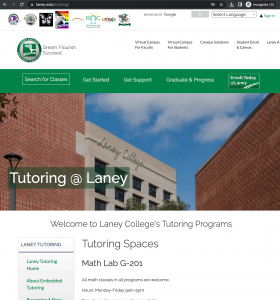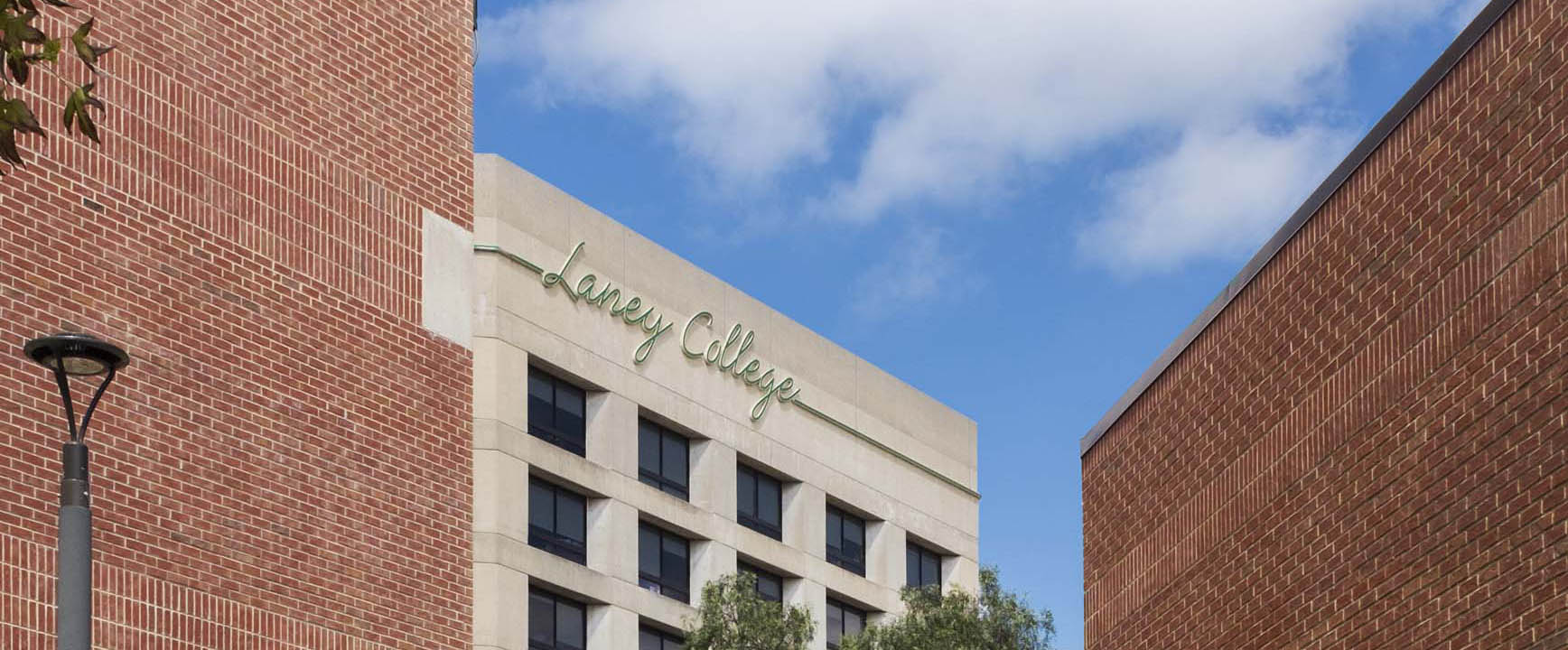Table of Contents
I. Introduction
III. Tutorials
I. Introduction
Welcome to Peralta’s WordPress Documentation site! This site will serve as your WordPress user manual and reference guide.
What is a Blog?
A “Blog” is an abbreviated version of “weblog,” which is a term used to describe web sites that maintain an on-going chronicle of information. A blog is a frequently updated, web site featuring journal-type commentary and links to articles on other web sites.
Generally speaking, blogs tend to have a few things in common:
- A main content area with articles listed chronologically, newest on top. Often, the articles are organized into categories.
- An archive of older articles.
- A way for people to leave comments about the articles.
- A list of links to other related web sites, sometimes called a “blogroll”.
What is WordPress?
WordPress is one of the most popular blog publishing applications on the web. It is user-friendly, flexible software that allows users to easily update content on their web sites, while also having control over the site’s design.
WordPress is an Open Source project, which means that the software is free and developed by and for the user community. Per the WordPress Open Source homepage, it’s “a development method for software that harnesses the power of distributed peer review and transparency of process. The promise of open source is better quality, higher reliability, more flexibility, [and] lower cost.” This also means that you can use WordPress for anything, with no fees attached.
Why is Peralta using WordPress?
Because of the versatility and easy use of WordPress, Peralta will be using WordPress to allow each college departments and programs to create their own web sites. Faculty and staff will be able to create their web sites with Pages (containing static information about their programs) and Posts (for upcoming events, news updates, etc.). Here are some web sites already developed by Laney administrators, faculty, and staff:
Directory of Laney WordPress websites
II. Working with WordPress
How to Login
When you visit your new web site, there should be a link to Login at the lower right corner of the page.
Look for the “Login” link:
For example, the Laney Tutoring site has the login link here:

Ex: Laney Tutoring’s “Sign-in” link is located at the top right of its website
If you’re unable to find the “Sign-in” link, you can go directly to the Login page: https://laney.edu/tutoring/wp-admin
- Go to your new web site
- At the end of the web address (aka “URL”), type in the word “wp-admin” without the quotations
- Press Enter/Return on your keyboard
- For example:
- Laney Tutoring’s web address is https://laney.edu/tutoring
- In order to access the Login page directly, you would type “wp-admin” at the end of that URL. The full web address should now say https://laney.edu/tutoring/wp-admin
- Press Enter/Return on your keyboard
- You should now see a page that looks like this:
Also, if you’re already logged in, the “Login” Link might be a “Site Admin” link instead. Simply click on the “Site Admin” link to continue to the site Administration Panel.
Post vs. Page
What is a Post, and what is a Page?
- Posts are articles that are written by the blog users. When you’re writing a regular blog entry, you write a post. Posts automatically appear in reverse chronological order on your blog’s home page. You can think of Posts as news articles, written by the authors–you!
- Pages, on the other hand, are for content such as “About,” “Contact,” etc. Pages live outside of the normal blog chronology, and are often used to present information about your site that is somehow timeless — information that is static and always applicable.




